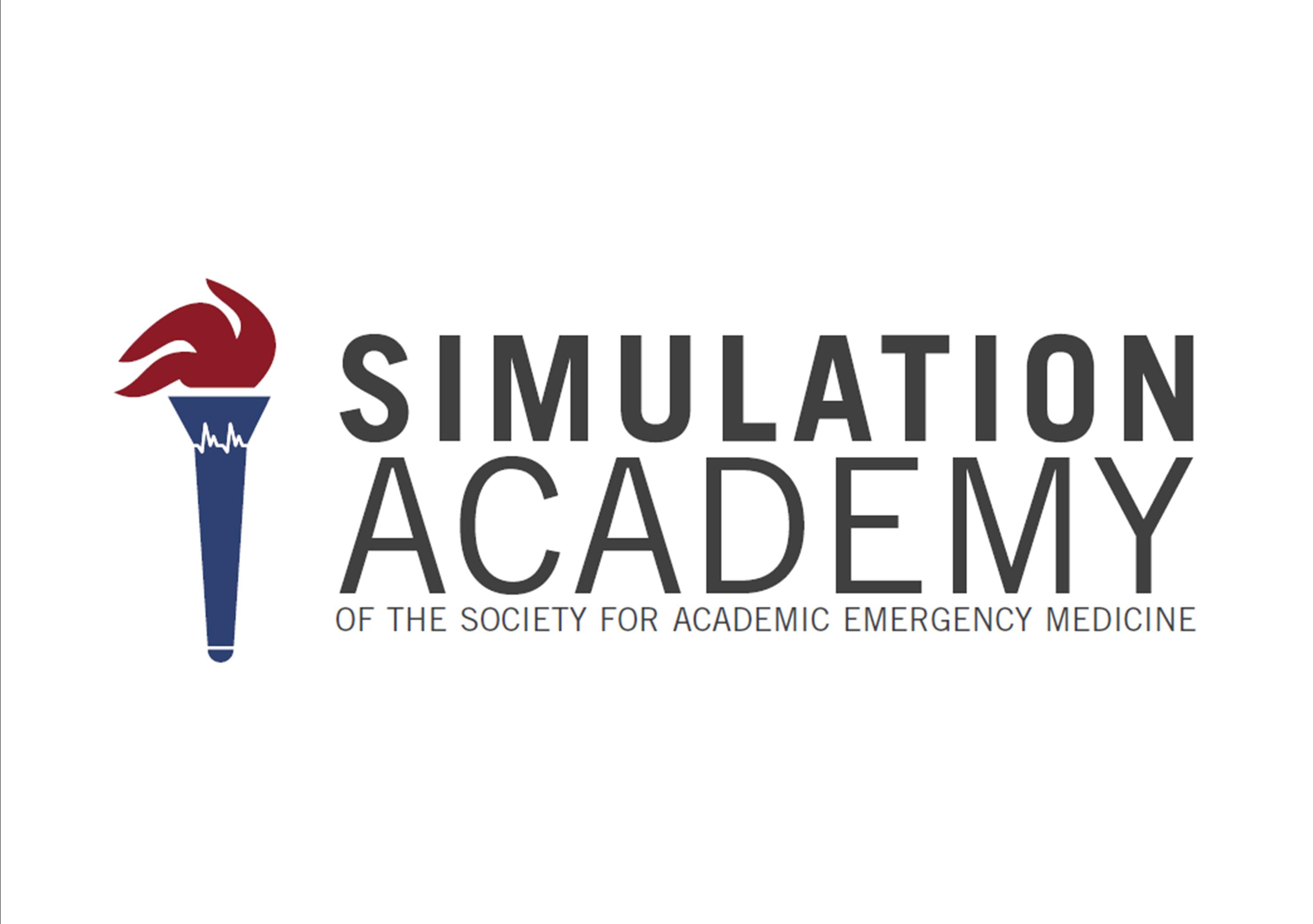CORD Teaching Cases: Oral Board & Simulation Cases
In collaboration with the Simulation Acedemy of the Society for Academic Emergency Medicine and CDEM

Thank you for your interest in the CORD Oral Board/ Teaching Cases. The cases have been organized in accordance with the ABEM Oral Board content format. These cases were compiled for use for non- profit, educational purposes only. Some cases may contain copyrighted images which have been reproduced and referenced here in accordance with the fair use provision of copyright law.
Please read the Access Statement below as you must agree to the terms of the site before hitting the continue button below to access the cases.
History of the Case Bank
In 2005 Doug Char, MD chaired the original Oral Board task force. Individuals from 44 Emergency Medicine residency programs contributed as authors and editors to develop 65 oral board cases posted on the CORD SharePoint Site. Access to all cases was restricted to CORD members although the cases/ templates/ evaluation forms have become widely utilized in EM education and assessment.
In 2009, we began a liaison task force between the SAEM Simulation Academy, CDEM and CORD. One of the short term goals of the collaboration was to add a new wave of multipurpose cases that could be used for oral board practice and/or assessment and simulation education. To date, nearly every EM residency program is participating either as an author or editor to contribute new cases to the case bank.
The cases have gone through a peer review process but authors may also wish to contribute their work to other scholarly work such as MedEdPortal to receive a peer review unique identifier such as the International Standard Serial Number (ISSN).
To ensure the use of some cases for assessment purposes, some cases have been designated as CORD only and will be visible only to residency program directors as they may be used for high stakes assessment.
A special thanks to the tireless efforts of Laura Seul, Simulation Program Coordinator and John Vozenilek, MD, Senior Case Bank Editor both of Simulation Technology and Immersive Learning, Northwestern University, Feinberg School of Medicine. Without their contributions, this case bank would not be possible.
Sincerely,
Sharon Griswold, MD MPH, Simulation Center Director, Drexel University College of Medicine, Chair, CORD/ Simulation Academy Simulation Task Force. Please help us continue to improve the site by providing your feedback. If you have any questions, comments or suggestions for this site, please do not hesitate to contact me.
Access Statement
One of the rights accorded to the owner of copyright is the right to reproduce or to authorize others to reproduce the work in copies or phonorecords. This right is subject to certain limitations found in sections 107 through 118 of the copyright law (title 17, U. S. Code). One of the more important limitations is the doctrine of “fair use.” The doctrine of fair use has developed through a substantial number of court decisions over the years and has been codified in section 107 of the copyright law.
Section 107 contains a list of the various purposes for which the reproduction of a particular work may be considered fair, such as criticism, comment, news reporting, teaching, scholarship, and research. Section 107 also sets out four factors to be considered in determining whether or not a particular use is fair:
- The purpose and character of the use, including whether such use is of commercial nature or is for nonprofit educational purposes
- The nature of the copyrighted work
- The amount and substantiality of the portion used in relation to the copyrighted work as a whole
- The effect of the use upon the potential market for, or value of, the copyrighted work
The distinction between fair use and infringement may be unclear and not easily defined. There is no specific number of words, lines, or notes that may safely be taken without permission. Acknowledging the source of the copyrighted material does not substitute for obtaining permission.
The 1961 Report of the Register of Copyrights on the General Revision of the U.S. Copyright Law cites examples of activities that courts have regarded as fair use: “quotation of excerpts in a review or criticism for purposes of illustration or comment; quotation of short passages in a scholarly or technical work, for illustration or clarification of the author’s observations; use in a parody of some of the content of the work parodied; summary of an address or article, with brief quotations, in a news report; reproduction by a library of a portion of a work to replace part of a damaged copy; reproduction by a teacher or student of a small part of a work to illustrate a lesson; reproduction of a work in legislative or judicial proceedings or reports; incidental and fortuitous reproduction, in a newsreel or broadcast, of a work located in the scene of an event being reported.”
Copyright protects the particular way authors have expressed themselves. It does not extend to any ideas, systems, or factual information conveyed in a work.
The safest course is always to get permission from the copyright owner before using copyrighted material. The Copyright Office cannot give this permission.
When it is impracticable to obtain permission, use of copyrighted material should be avoided unless the doctrine of fair use would clearly apply to the situation. The Copyright Office can neither determine if a certain use may be considered fair nor advise on possible copyright violations. If there is any doubt, it is advisable to consult an attorney.
Source: http://www.copyright.gov/
U.S. Copyright Office
101 Independence Avenue SE
Washington, DC 20559-6000
(202) 707-3000
FL-102, Reviewed November 2009
By choosing Continue, you agree to the terms and conditions stated above.